E-Mandate Explained: Everything You Need to Know
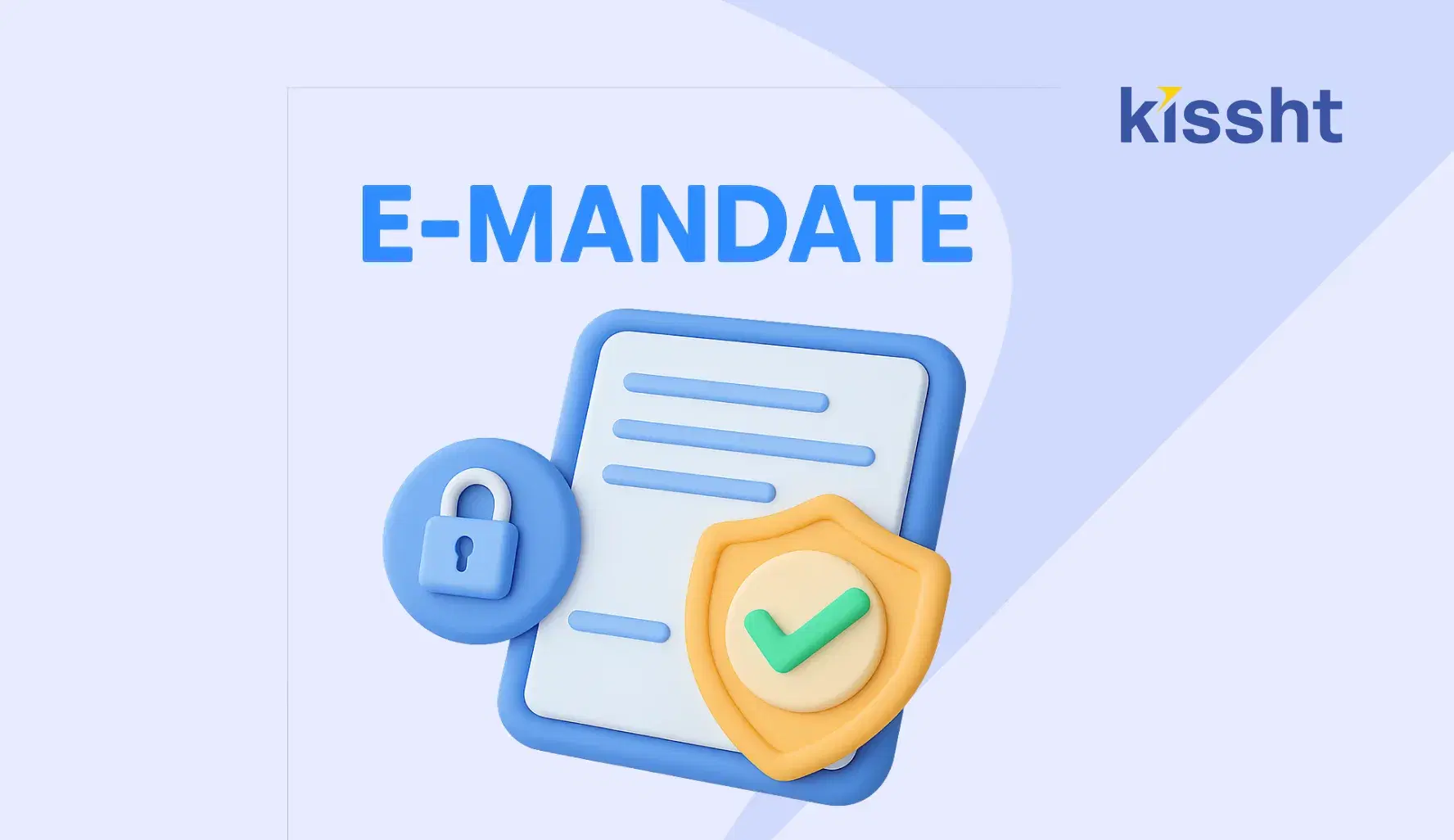
If you’ve ever used an app for EMIs, SIPs, or automatic bill payments, you’ve likely authorised an e-mandate, even if you didn’t realise it. It’s the invisible link that allows your payments to go out automatically on a set date, without reminders or manual transfers.
Digital lending and subscription models depend on this seamless authorisation. So, understanding what is e-mandate and how it works can help you manage your finances more efficiently and safely.
Understanding e-Mandate Meaning
The e-mandate meaning refers to an electronic instruction that lets a bank or financial institution debit a fixed amount from your account automatically at agreed intervals. It replaces the old paper-based mandate system used for recurring payments like EMIs, insurance premiums, or mutual fund SIPs.
In simple terms:
- You give digital consent through your bank, UPI, or card.
- The bank validates your authorisation.
- Payments happen automatically as per schedule.
The e-mandate process makes transactions quicker and eliminates manual follow-ups. It’s particularly vital for instant loan online and EMI-based services, ensuring borrowers never miss repayment dates.
Platforms such as Kissht, known for being a trusted online loan app and flexible loan provider, rely on this system to manage recurring payments securely and efficiently.
What Is e-Mandate and Why It Matters
Understanding what is e-mandate goes beyond payments, it’s about control and convenience. An e-mandate ensures that you authorise payments safely and once, without re-entering details every month.
Key advantages include:
Automation: Eliminates the need to remember EMI or bill dates.
Security: Authorisation through your registered bank credentials.
Speed: Instant approval through electronic verification.
Transparency: Every transaction recorded in your statement.
Fintechs and banks offering instant loan online services use the e-mandate framework to reduce defaults and simplify repayment. By setting it up during the loan journey, your EMIs are automatically debited from your bank on due dates. For example, users of Kissht, a digital credit platform and online loan app, complete their e-mandate in minutes, linking their preferred account through secure authentication. Once done, the system ensures EMIs are deducted automatically, avoiding late fees or missed payments.
What Is e-Mandate Registration
When you set up a recurring debit, you complete an e-mandate registration. It’s the formal process of creating your digital instruction for automatic transactions.
During e-mandate registration, you:
- Enter your account or card details.
- Verify with OTP, UPI, or net-banking credentials.
- Confirm consent through your bank’s interface.
This simple e-mandate registration process replaces lengthy physical paperwork. Most loan provider platforms have integrated APIs that connect directly with banks, enabling instant activation.
Understanding what is e-mandate registration and what is mandate registration helps borrowers avoid payment disruptions. You only need to register once, after which all scheduled debits happen automatically.
eNACH Mandate Registration and How It Works
The National Payments Corporation of India (NPCI) introduced eNACH mandate registration as the backbone of digital auto-debit systems. It’s a standardised platform that ensures uniformity and safety across banks.
Here’s how it functions:
- You initiate e-mandate registration on the lender or merchant platform.
- The request goes to your bank through the eNACH mandate registration system.
- You verify via net-banking or debit card credentials.
- The bank confirms and activates the mandate instantly.
This e-mandate process supports payments for loans, credit cards, mutual funds, insurance, and subscriptions. Once set, you don’t need to intervene each month, the system auto-debits the authorised amount securely. For recurring EMI services such asKissht, the eNACH route provides consistency. Whether the customer uses UPI or card authentication, the e-mandate registration ensures timely deductions aligned with RBI-approved security standards.
Benefits of e-Mandate for Borrowers and Businesses
The e-mandate system benefits both users and institutions by combining convenience with compliance.
For borrowers:
- No missed EMIs or late fees.
- Immediate setup through mobile or web platforms.
- Easy cancellation or modification.
- SMS/email alerts for every debit.
For lenders and service providers:
- Reduced operational workload.
- Faster cash flow and fewer defaults.
- Automatic reconciliation and reporting.
Fintechs offering instant loan online solutions or flexible EMIs depend heavily on these mandates to maintain smooth repayment cycles. This reliability makes e-mandate registration essential for credit management.
What Is Mandate Registration and Why It’s Important
To fully understand the system, one must know what is mandate registration. It’s the umbrella term for authorising a recurring debit from your account, whether physical (signed form) or digital (e-mandate).
Digital mandates have now replaced the traditional process, offering:
Speed: Activation within minutes.
Accuracy: No manual errors or paperwork.
Flexibility: Option to modify or cancel anytime.
Eco-friendliness: Paperless, automated, and secure.
When you register through the e-mandate registration process, it ensures that each transaction is authenticated and traceable; meeting both user convenience and regulatory compliance.
The Future of e-Mandate in India
The rise of recurring digital payments has made e-mandate a backbone of modern banking. From loan repayments to OTT subscriptions, this system streamlines every type of recurring payment.
RBI and NPCI continue to enhance security and interoperability, allowing fintechs and banks to manage millions of mandates efficiently. As more loan provider platforms adopt unified systems, users can expect even faster and safer authorisations.
Ultimately, understanding what is e-mandate, what is e-mandate registration, and how eNACH mandate registration works can save time, reduce errors, and help borrowers stay financially organised.
FAQs
How does e-mandate help in loan repayments?
It allows your EMIs to be deducted automatically from your account, ensuring no missed payments or late fees.
Can I cancel an e-mandate once it’s active?
Yes, you can cancel it anytime by contacting your bank or the platform where it was set up.
Is e-mandate safe for recurring payments?
Yes. It operates under RBI and NPCI regulations with multi-factor authentication for complete data protection.

Instant Loans at Your Fingertips
Personal Loan
Fast, hassle-free loan for your personal needs.

Business Loan
Fuel your business growth with quick approvals.

Loan Against Property
Unlock your property’s value with ease.

Credit Pulse
Boost your credit score with smart insights.

Track your credit score
Simply enter your mobile number to get a quick overview of your credit score.
Check Now
Related articles

Oct 25, 2025
Loan Settlement Explained: Meaning, Process, and Benefits
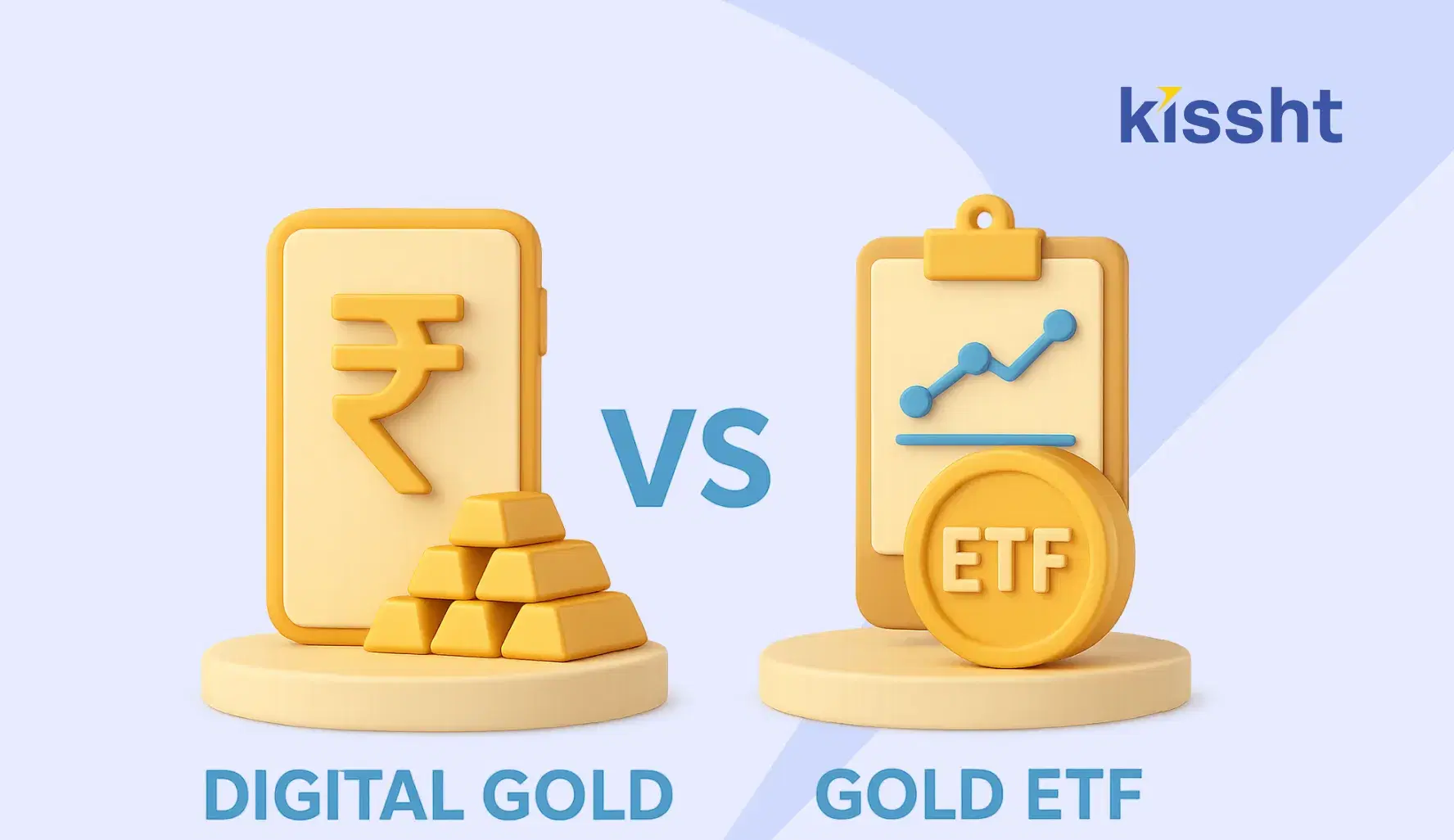
Oct 28, 2025
Digital Gold vs Gold ETF: Key Differences and Which is Better for You

Oct 30, 2025
Loan Against Property for Business: Everything You Need to Know
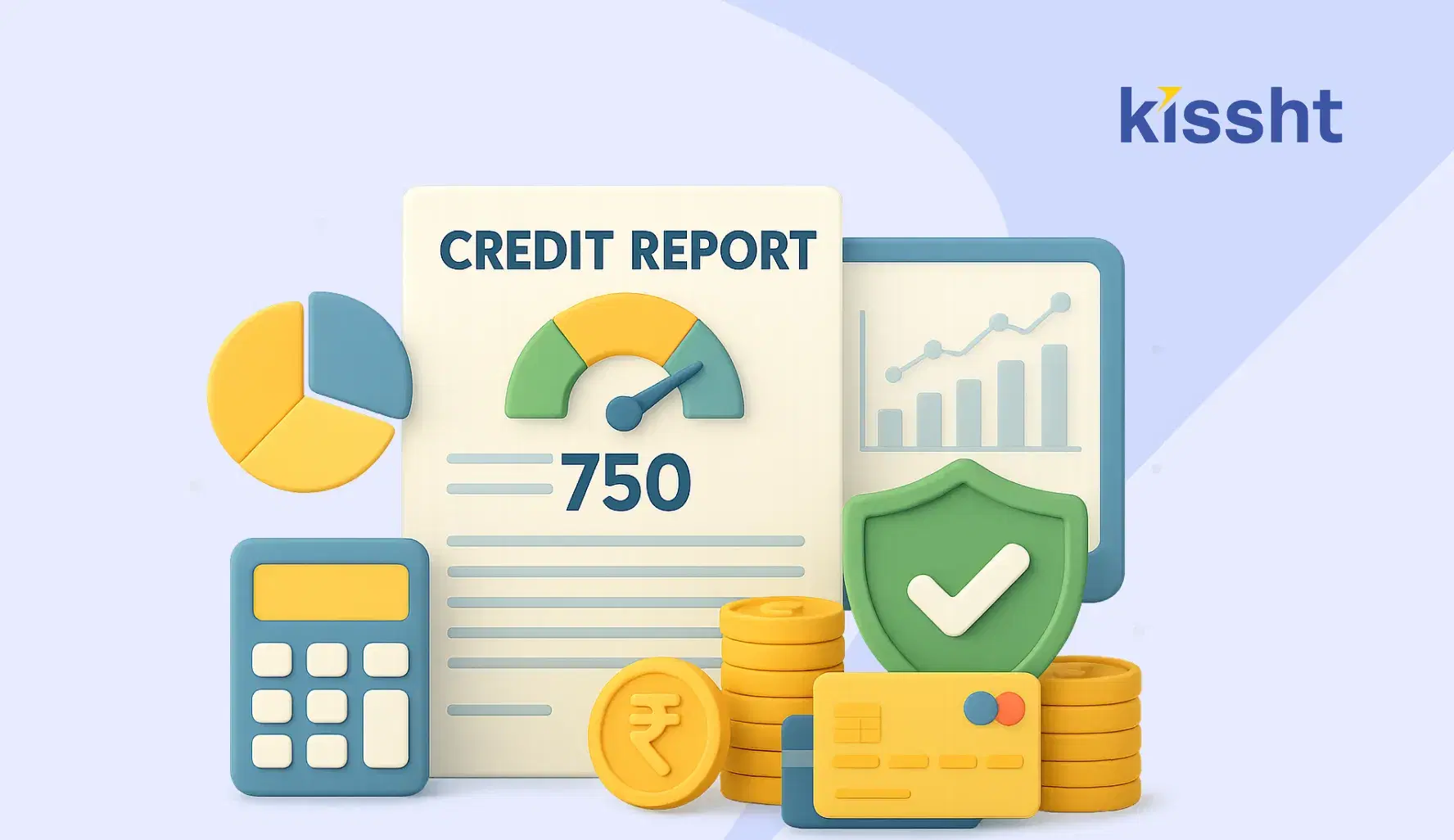
Oct 30, 2025
List of Credit Bureaus in India

Oct 30, 2025
How to Choose the Best Wedding Planner for Your Budget

Oct 28, 2025
Best Places to Visit in December in India

Oct 20, 2025
What is Digital Gold and Why Should You Invest in It?

Oct 20, 2025
Digital Gold vs Physical Gold: Which Is Better for You?

Oct 19, 2025
PM Awas Yojana Urban 2.0: Everything You Need to Know
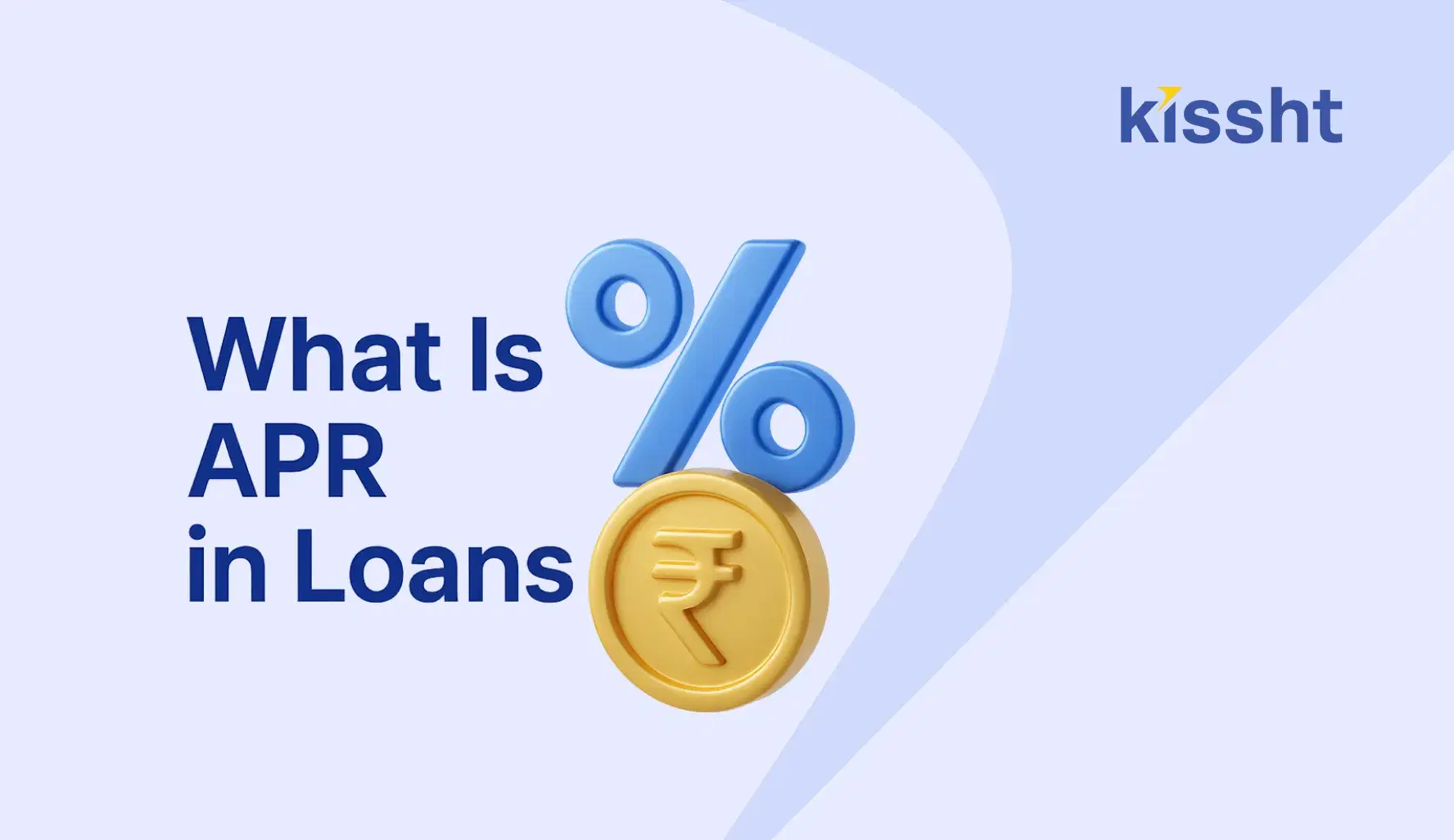
Oct 17, 2025
What Is APR in Loans and Why It Matters for Your Finances
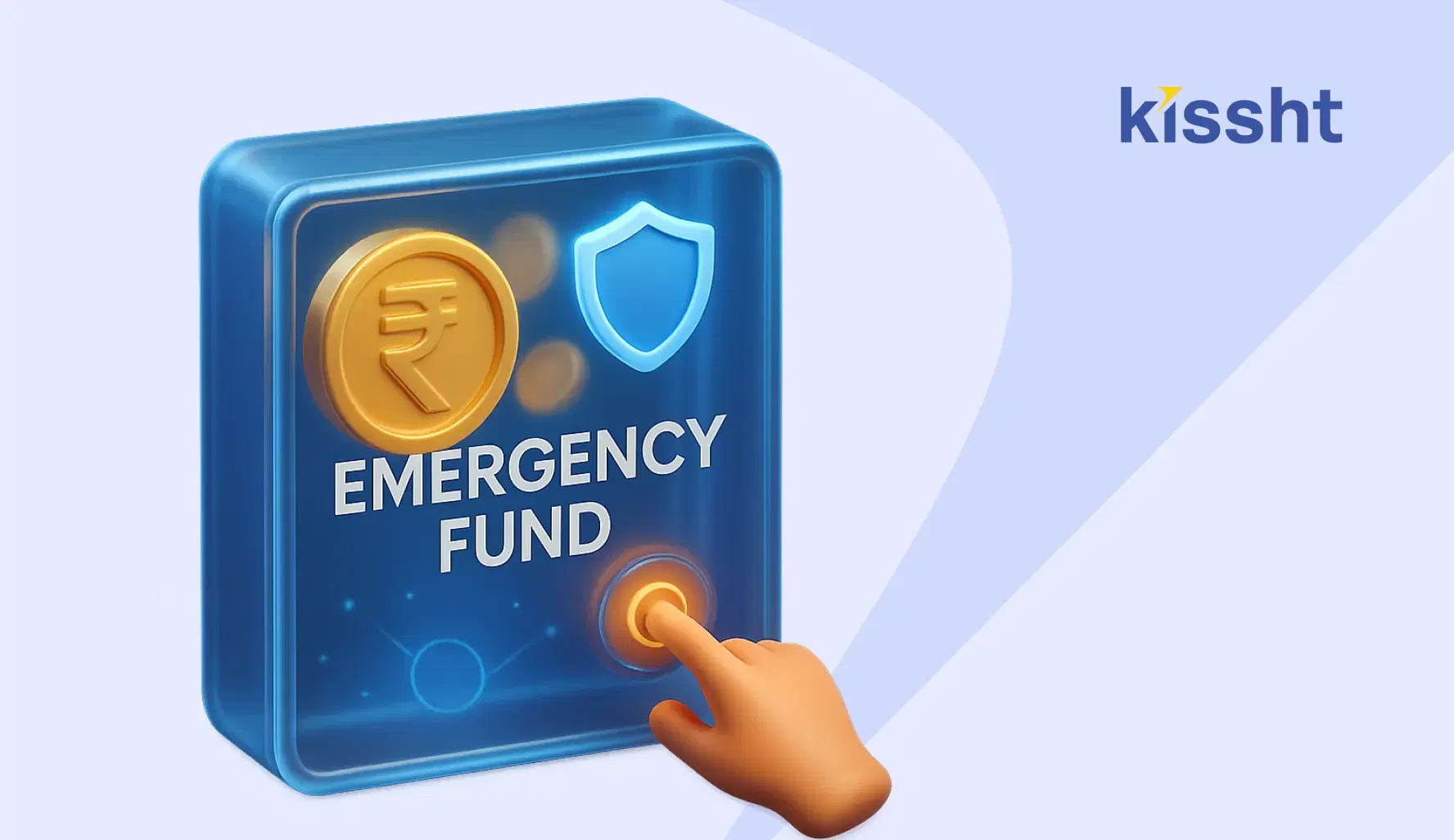
Oct 19, 2025
Emergency Fund Planning: Step-by-Step Guide for Beginners
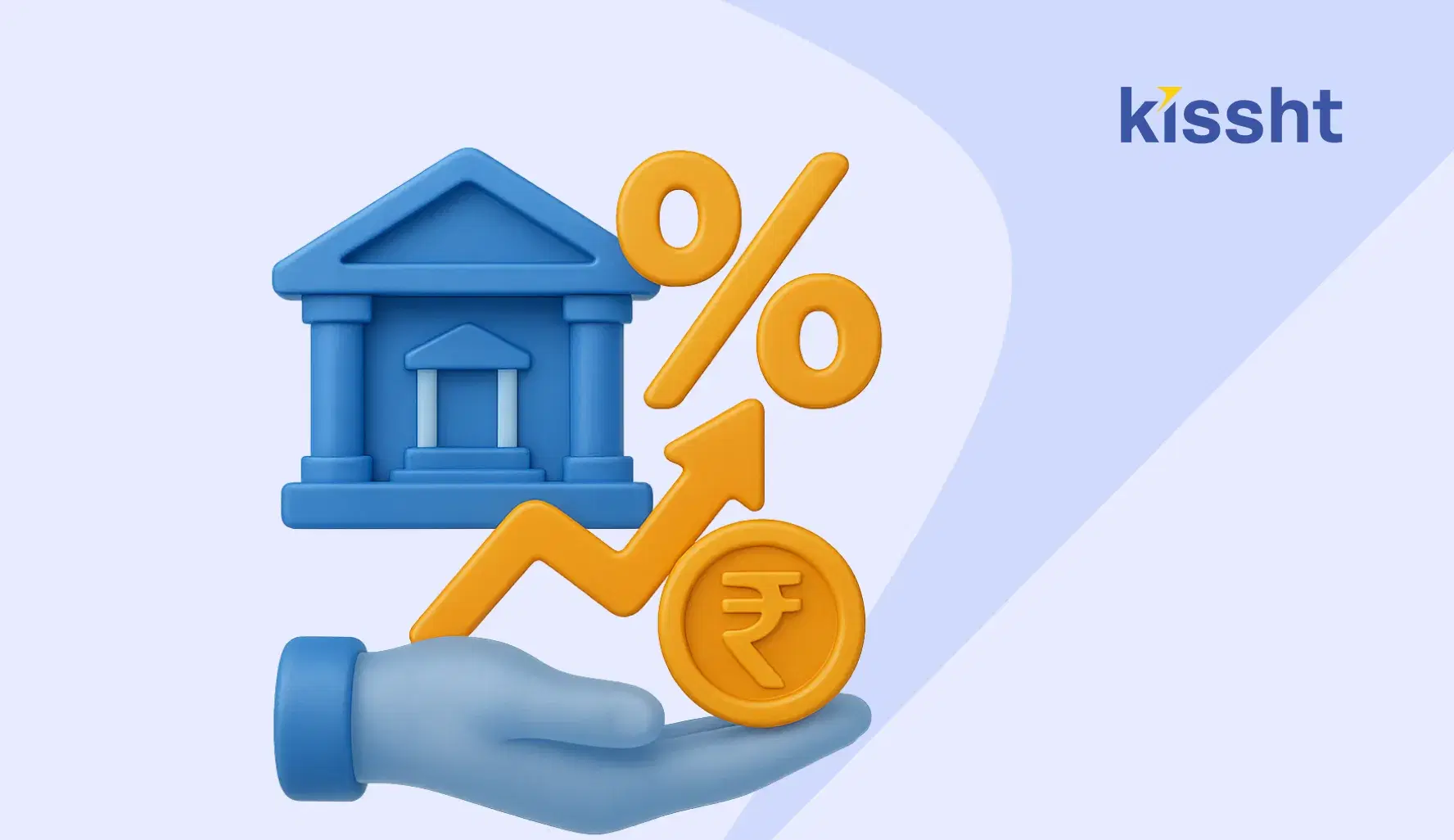
Oct 18, 2025
